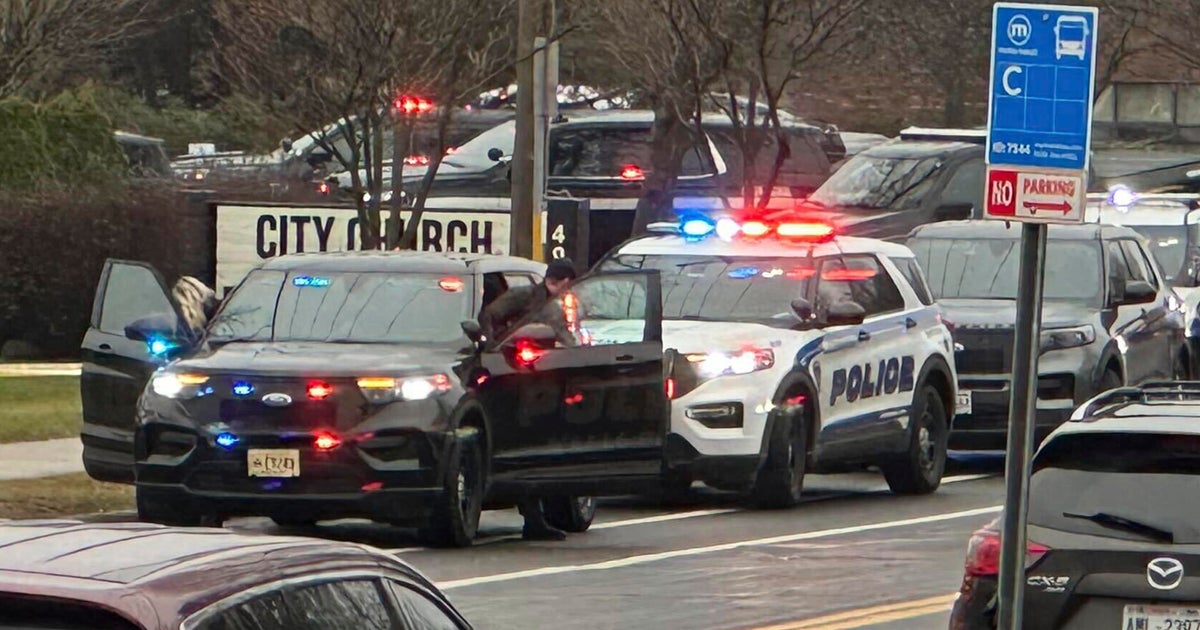There are enough homeless students in California to fill Dodger Stadium 5 times, study says
There were 269,269 K-12 students experiencing homelessness in California at the end of the 2018-2019 school year, according to a new study from UCLA. That's enough students to fill the entire Dodger Stadium in Los Angeles about five times.
The report, released Wednesday by UCLA's Center for the Transformation of Schools, found the number of homeless students has risen by 50% in the last 10 years. With the number of homeless students surpassing 269,000, researchers hope the report will highlight the inadequacy of current programs for homeless youth and emphasize additional funding for programs and new policies on both the federal and state level.
"Dodger Stadium is empty these days but can hold some 56,000 people for a big game. California could fill the stadium with students experiencing homelessness almost five times and still probably need to use the parking lot for overflow," the study's lead author, Joseph Bishop, said in a statement."But our students are not in Dodger Stadium. We are talking about young people who may be sleeping on the streets, in cars, or in shelters. This is a crisis that deserves immediate action."
The report also shines a light on cracks within federal laws such as the McKinney-Vento Homeless Assistance Act, which provides funding for homeless shelters. Researchers found that only 106 of 1,037 school districts in California received funding from the law and two out of three homeless students do not attend schools that receive funds.
The authors of the report said the coronavirus pandemic is likely to bring more hardships for students and families experiencing homelessness. The UCLA report found that students experiencing homelessness were disproportionately Black and Latinx, making up 9% and 70% percent of students respectively.
"Homelessness impacts Latinx and Black students most with real and negative consequences," said Lorena Camargo Gonzalez, a UCLA researcher and co-author of the report. "The prevalence of Latinx and Black youth experiencing homelessness requires more racially and culturally responsive strategies in education practice and policy."
With this data, researchers hope to bridge the gap between available federal and state programs and students who have yet to receive aid. As homeless and housing instability has been proven to contribute to low attendance, poor grades, absentee rates, and graduation percentages, researchers hope the report can encourage schools to prioritize their at-risk students while still providing them with the learning experience they need to thrive.
"Even in these tense and difficult times, the large and growing number of students experiencing homelessness in our state is a crisis that should shock all of us," said Tyrone Howard, faculty director of the school. "We hope this report will create greater awareness of student homelessness, the racial disparities that exist with students experiencing homelessness, and provide policymakers with meaningful insight and information. Aggressive, immediate and effective action is needed by leaders at every level of government and in our community to dismantle this unacceptable crisis."



